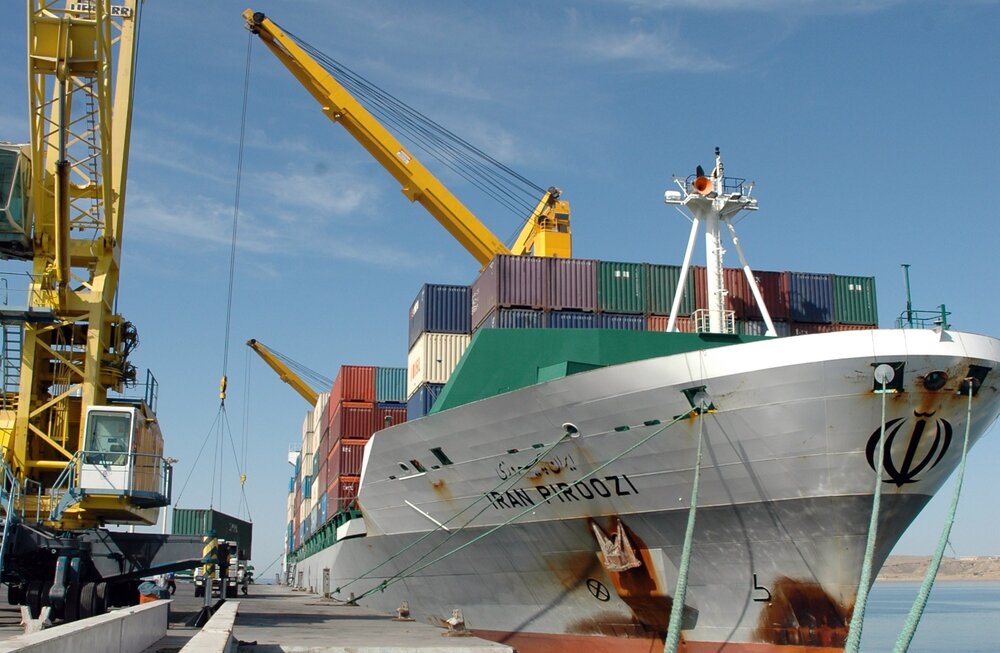
Chabahar to receive several mobile harbor cranes by Mar. 2021

According to Mohammad Rastad, India is currently pursuing the construction and installing of the necessary equipment in the port under the framework of a temporary operation contract, and after finishing this phase the main build–operate–transfer (BOT) contract will be activated.
Rastad further noted that the grain suckers, gate cranes as well as gantry cranes of Shahid Rajaei port were installed last year, and only the equipment that is related to the commitment of the Indian operator remained.
The official noted that most of the equipment that is already installed in the port are home-made.
Earlier this month, Indian Ambassador to Iran Ghaddam Dharmendra told the Tehran Times that the Indian partners are using Iranian facilities in the port but they have placed orders for the necessary equipment from China, Italy, Finland, and Germany and hope that the first delivery will be in October.
“We see Iran as a pivot for our economic interactions with Central Asia, with Eastern Europe through Azerbaijan and with CIS countries. For this we have two transport corridors, one is Chabahar as the gateway to Central Asia and the other is Bandar Abbas,” he said.
Economic and political relations between Iran and India date back to centuries ago and the two countries have kept their ties throughout many turbulences and ups and downs.
India is the only foreign country that is currently participating in a major development project in Iran despite the U.S. sanctions.
The Chabahar Port development project, in southeastern Iran, is the anchor for the expansion of economic relations between the two nations.
India is currently developing phase 1 of Shahid Beheshti Port in Chabahar.


Trump weighs using $2 billion in CHIPS Act funding for critical minerals

Codelco cuts 2025 copper forecast after El Teniente mine collapse

Electra converts debt, launches $30M raise to jumpstart stalled cobalt refinery

Barrick’s Reko Diq in line for $410M ADB backing

Abcourt readies Sleeping Giant mill to pour first gold since 2014

Nevada army depot to serve as base for first US strategic minerals stockpile

SQM boosts lithium supply plans as prices flick higher

Viridis unveils 200Mt initial reserve for Brazil rare earth project

Tailings could meet much of US critical mineral demand – study

Kyrgyzstan kicks off underground gold mining at Kumtor

Kyrgyzstan kicks off underground gold mining at Kumtor

KoBold Metals granted lithium exploration rights in Congo

Freeport Indonesia to wrap up Gresik plant repairs by early September

Energy Fuels soars on Vulcan Elements partnership

Northern Dynasty sticks to proposal in battle to lift Pebble mine veto

Giustra-backed mining firm teams up with informal miners in Colombia

Critical Metals signs agreement to supply rare earth to US government-funded facility

China extends rare earth controls to imported material

Galan Lithium proceeds with $13M financing for Argentina project

Kyrgyzstan kicks off underground gold mining at Kumtor

Freeport Indonesia to wrap up Gresik plant repairs by early September

Energy Fuels soars on Vulcan Elements partnership

Northern Dynasty sticks to proposal in battle to lift Pebble mine veto

Giustra-backed mining firm teams up with informal miners in Colombia

Critical Metals signs agreement to supply rare earth to US government-funded facility

China extends rare earth controls to imported material

Galan Lithium proceeds with $13M financing for Argentina project

Silver price touches $39 as market weighs rate cut outlook

















